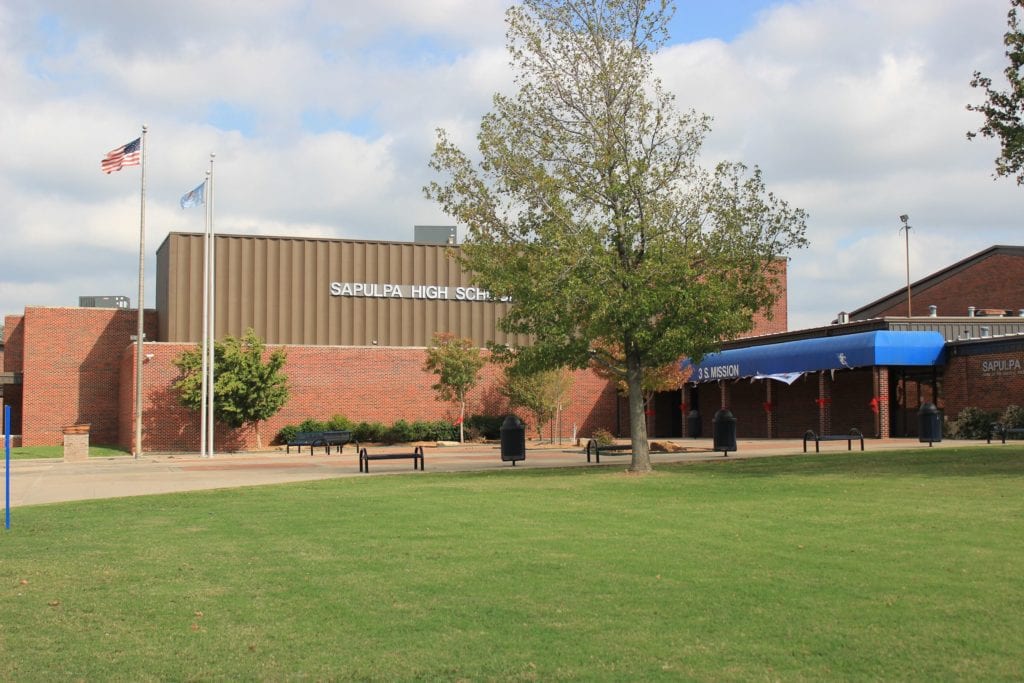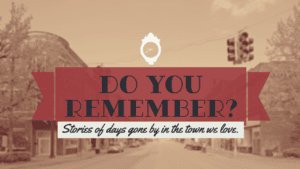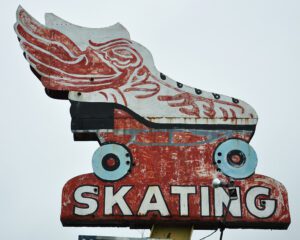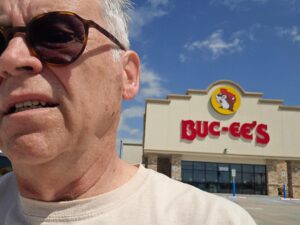With high school came the stark realization that I was no longer a ‘little kid,” rather, I was an adolescent on my way to becoming an adult. The first benchmark in that transition was obtaining my “golden ticket,” aka, a driver’s license. I took Driver’s Education in order to get my “learner’s permit” at the age of 15 and a half, which allowed me to drive with an adult in the car.
Driver’s Education was a fun-filled course with practical learning in the form of driving the “Driver’s Ed” car. It was a 1965 Dodge four-door sedan with a “three-on-the-tree” (3-speed manual transmission with the gearshift lever on the steering column). There was a second brake pedal on the passenger’s side which the instructor, Ben Nelson, used more than once with the students’ often dangerous driving maneuvers.
Driver’s Ed taught me the rules of the road and how to safely operate a vehicle. Part of that training was a mandatory viewing of a film called “Signal 30.” The film derived its name from the police ten code, in which signal 30 represents a fatal accident. One of the most gruesome parts of the film was two fellows who ran their car underneath the back of a semi, and to put it quite graphically, had to be scraped off the road into body bags. The film was intended to scare us so badly we would not drive recklessly. The problem was, at that age, we thought we were invincible and the film’s shock value lasted a week.
I made a perfect score on my written drivers’ exam, however, the driving test was another matter. The driver examiner, Mr. Hayes, was harsh and critical. He counted points off for what I considered minor infractions, such as when he told me to park the vehicle on a hill for the day. I did everything right but I failed to turn off the ignition. I did pass, however, and it meant a new sense of independence and opened up new social avenues for me.
Before there was a “keyboarding” class there was Typing class. Mrs. Dubois was my instructor and I learned to type on a “state-of-the-art” IBM Selectric.
I had a rather narrow focus concerning the curriculum and anything that was not related to science or technology seemed quite boring and not worthy of my academic efforts. Ironically, English and History were my least favorite subjects. I once told my English teacher, Mrs. Irwin, that I thought diagramming sentences, and English, in general, was “stupid.” Her swift reply was, “Young man, with an attitude like that, you will never amount to anything.”
In the defense of my lack of interest in history in high school, I attribute it to the fact that one of the coaches taught the class, and all we did was just memorize dates and names. Personalizing history is what makes it come alive, like reading about a baseball star, or an event that occurred in my home town, or about a hobby I enjoyed.
Some teachers stand out as passionate about their profession. One such teacher was Ms. Mcjilton. She taught Biology, Human Anatomy and Physiology, Botany, and Zoology. She instilled a desire to learn and just frankly made the subjects very interesting. She was a very intelligent woman who was well-versed in the subject material. She also gave us little “factoids” about people and events as it related to the subject being taught. In biology, for example, she told us, Al Capone died as a result of tertiary syphilis, and in Botany, she told us that the biblical account of the Nile turning red was most likely the result of dinoflagellates. She also taught us the basics of food safety, such as making sure leftovers are heated to the proper temperature.
As far as educators and administrators go, Principal John Cockrum was undoubtedly “a once in a lifetime educator.” His caring and compassion for both faculty and students, along with his innate sense of fairness, were demonstrative of the sterling character of this man. Even fifty years later, he recognizes his former students by name.
We had an excellent library at Sapulpa High School and I made use of the extensive selection of books. Mrs. Lindley, the librarian, although a strict authoritarian, was always helpful in finding what I was looking for and advising me when a new book of interest came in.
There was a strict dress code and aberrant behavior was not tolerated. Talking in class or chewing gum could mean detention. PDA (Public Display of Affection) was strictly forbidden and monitors would walk the halls in search of violations. Boys’ hair couldn’t touch the collar.
There was a hierarchy in the social strata of SHS. There were three distinct groups which were Jocks, Soshes ( a nickname for socialites), and Hoods (hoodlums). “Nerd” was not yet in use and the concept of being a nerd did not exist when I was in high school. However, that was the then, undefined category into which I belonged. I still consider myself a nerd.
One striking difference in the social mores back then was that religion played a prominent part in the life of most students, like prayer in homeroom, and the Student Manual mentioned going to church every Sunday.
Another aspect of societal change in this country was the attitude toward guns. Many of the pickups in the high school parking lot had gun racks with rifles and shotguns in them and no one was concerned. Every boy had a pocket knife on him at all times.
In spite of the strict rules, there were some hijinks. There was a fake student registration card created in the registrar’s office. The student’s name was Charles Farley and the fathers’ name was “Chuck U. Farley.” Every day for several weeks, there was a request for the fictitious student to came to the office. It is etched in the annals of SHS history as the consummate prank.
Another incident was not so funny to the local constabulary. There was a special assembly so SPD could request that the large number of traffic cones that had been “stolen,” be returned with no questions asked.
High school was an important part of my development and I am thankful for the teachers, friends, and experiences, that played a part in that process.











